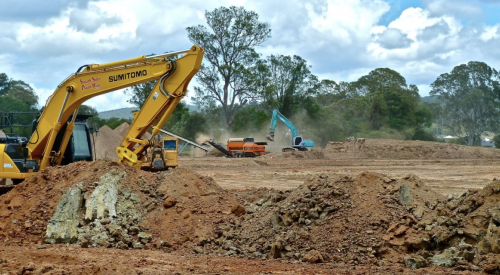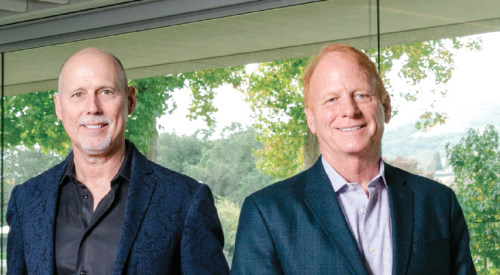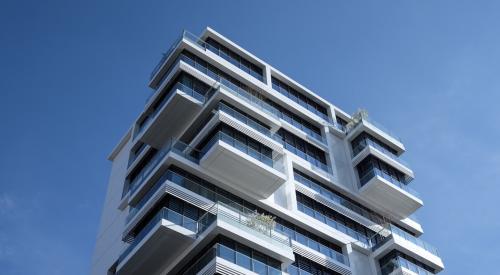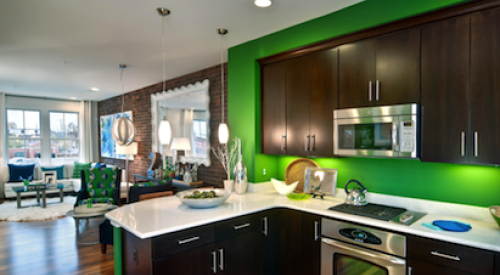| Catellus Urban Development's Mission Bay sits on 300 acres in San Francisco.
|
Single-family home building in Marin, San Francisco and San Mateo counties, which form the San Francisco metropolitan statistical area (MSA), is slowing to a trickle.
The urbanized, land-strapped West Bay region is distinct from points south, east and north, where home building is less threatened. Permits for single-family homes in the San Francisco MSA are expected to hit 1,100 for 2002 and then slip to 800, 900 and 1,000 in successive years, according to estimates from Rosen Consulting Group. The small area (1,066 square miles) is home to some of the most productive business enterprises anywhere, so it's little surprise that GMP/lot is soaring. It was $331,779 in 2001 and is forecast to rise precipitously to $337,644 in 2002, $347,647 in 2003, $366,939 in 2004 and $388,513 in 2005.
Most of the home building is in the multifamily sector, and even that is scarce. Entitled in 1998, Catellus Urban Development Corp.'s Mission Bay finally is coming out of the ground on a 300-acre city redevelopment zone near Pacific Bell Park. It will be home to 6,000 residential units, 28% of them affordable. Condominiums and apartments will share the space with 5 million square feet of biotech-focused office uses, 1 million square feet of hotel and retail uses, and a 43-acre campus for the University of California at San Francisco, says Doug Gardner, president of Catellus Urban Development. Getting final entitlements for the development required a complex set of land swaps in addition to a multilayered set of time-consuming approvals - one of many reasons land supply is constricted so tightly.
|
|||||||||||||||||||||||||||||||||||||||
"For a lot of reasons - the difficulty of getting entitlements, the increasing scarcity of land, environmental consideration - it's more difficult to build in the formula than we have seen to date," says Gardner. "Therefore, there is increased emphasis on higher-density housing, which logically leads back to cities and exploring ways to provide quality housing at higher density."
Former military bases are providing the few single-family opportunities that exist. In Marin County near Novato, Shea Homes and Centex recently opened a small single-family development on land once owned by the Navy. Families waited in line for a week for a chance at a lottery drawing to buy one of the homes. In San Francisco, Lennar is betting a proposed development on land that is the former Hunters Point naval station.
Other builders are retooling their operations to find small infill sites and build on them. Standard Pacific Homes is closing out Providence, a rare San Francisco project of single-family homes that at 2,200 square feet are selling fast at prices north of $700,000.
Land broker Kevin Heisinger of Regional Land Co. in Marin County says the firm is working on more than a dozen land acquisition deals for its merchant-builder clients. None of them is in the San Francisco MSA.
The federal government and the state own much of the land in Marin County. Entitlements for the rest often face withering opposition from entrenched environmental groups. A good example, says Heisinger, is the fate of a 424-home, 500-acre development originally proposed in 1963. Developer Art Condiotti recently sold the land on Bahia Lagoon to the Marin Audubon Society for approximately $15 million, with the help of a state conservancy grant.
"All these counties have a no-growth initiative," says Heisinger. "If you want to try to build something here, good luck."












